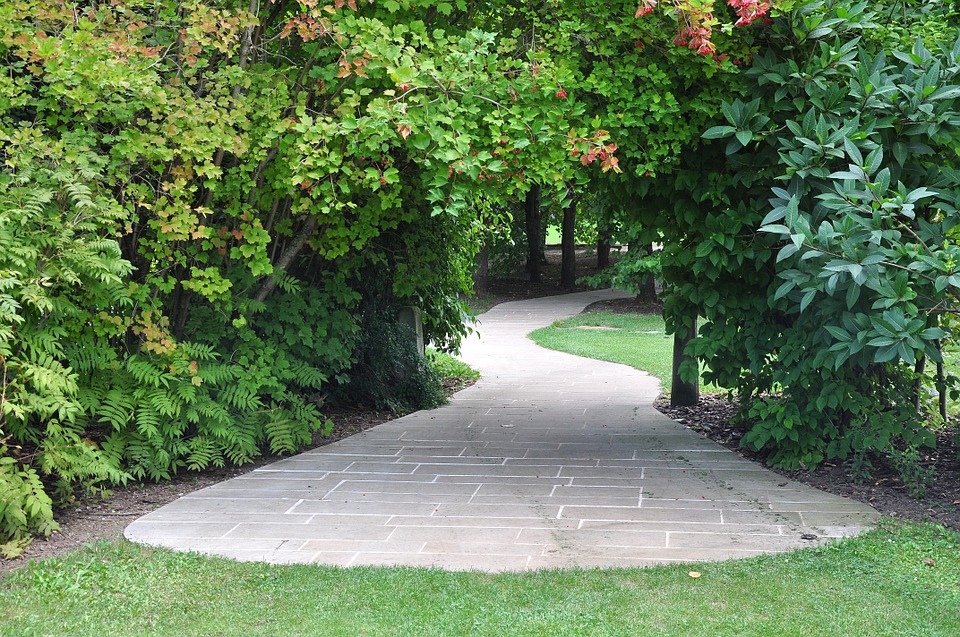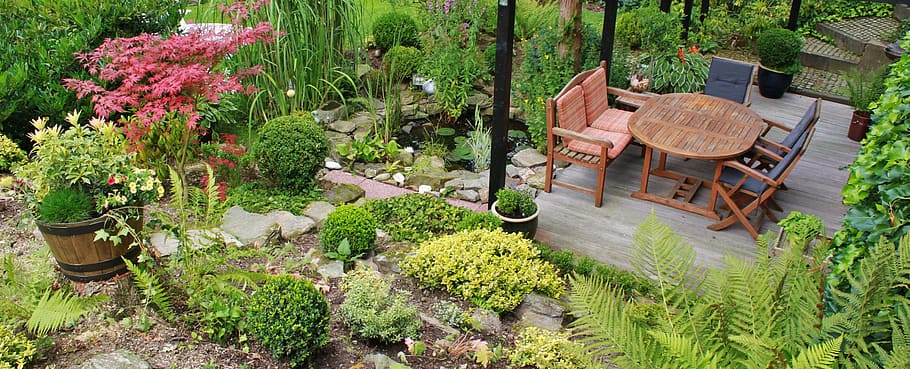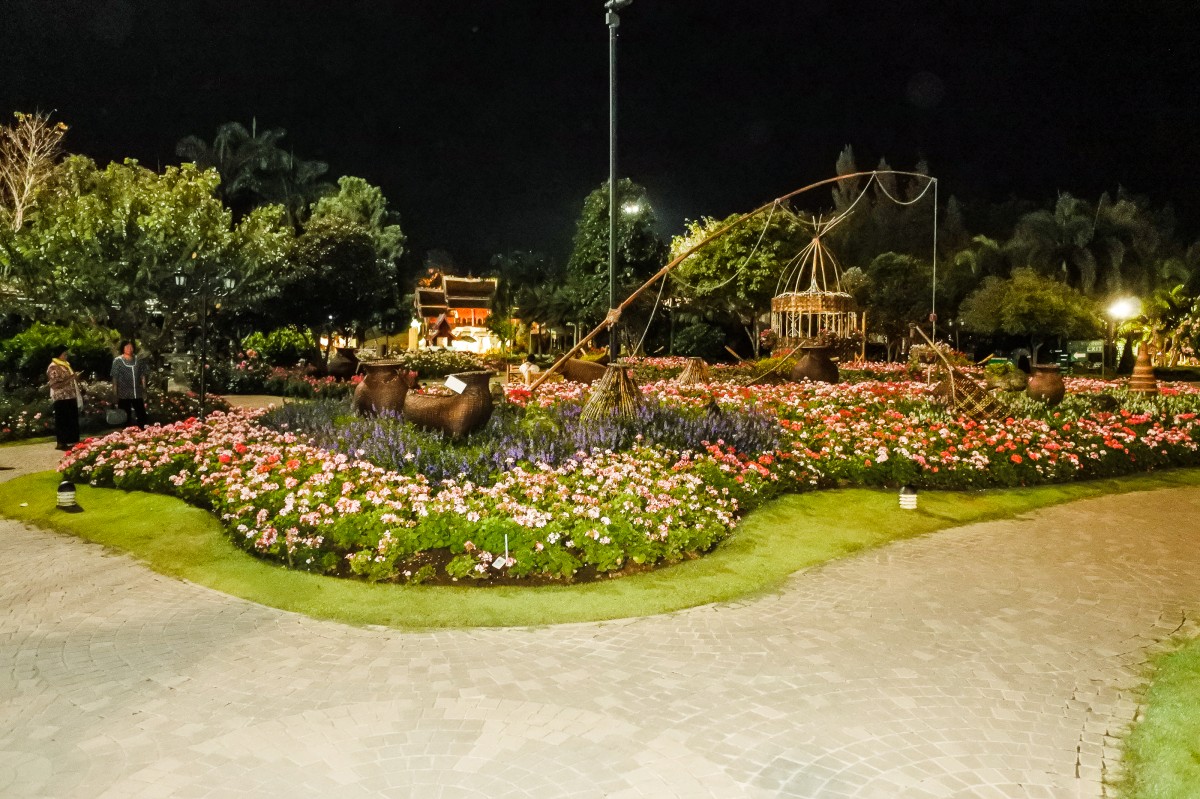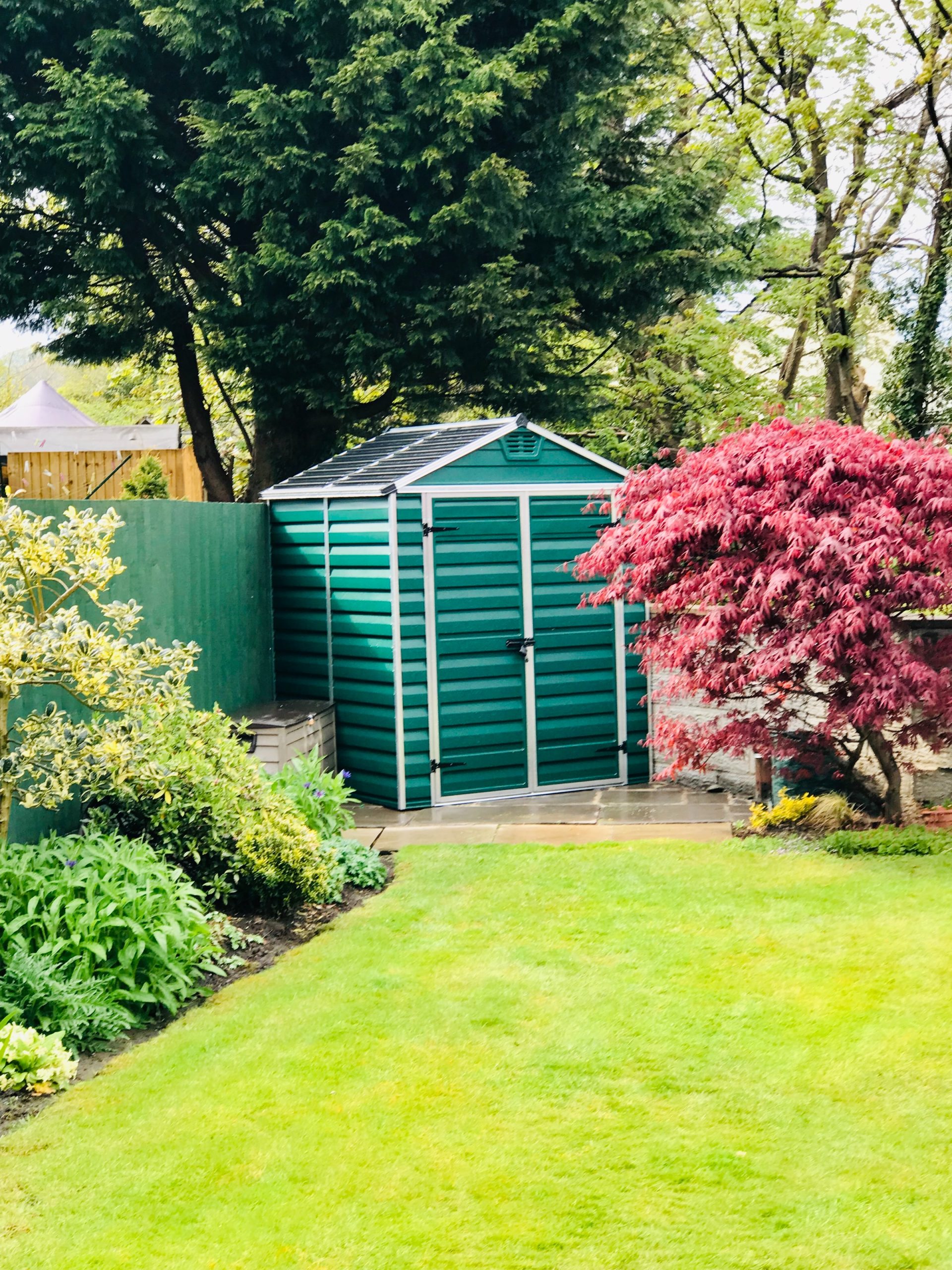5 Steps to Design a Long Garden
Summary
Step 1: Break up your long garden
Step 2: Create a walkable path
Step 3: Remove walls as much as possible
Step 4: Design the different spaces in the long garden
Step 5: Apply a few principles when choosing plants
If your garden is long, which is common in city or village gardens, you can design it rationally to avoid the corridor effect. This involves thinking about its layout and organizing it into several distinct spaces, visually separated by low hedges.
Here’s how to design a long garden by breaking up its enfilade, creating a pathway full of surprises, and burying its boundaries in the vegetation.
1. Break up your long garden’s row of paths
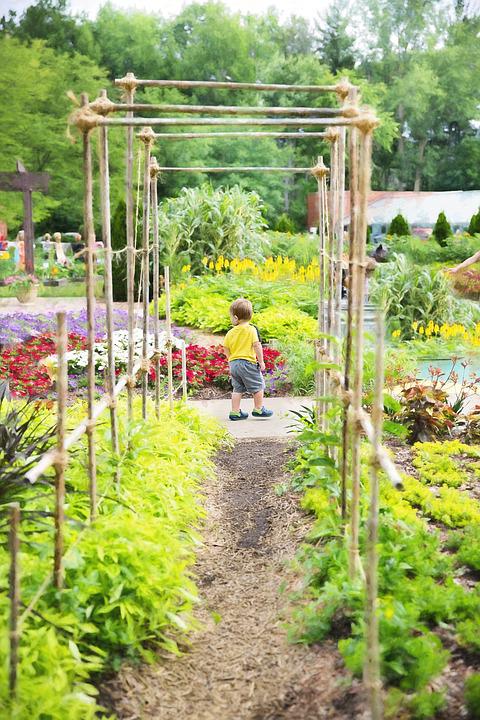
Start by drawing a general plan for your garden, respecting these few principles:
Avoid reinforcing the corridor effect of your garden with a straight path separating your garden in two along its length.
Instead, create vegetal occultations (low hedges) separating your garden into several successive spaces, one after the other, for example, a terrace in front of the house, then a pleasure garden around a pond, and finally, in a third space, a play area for the children.
Use geometric shapes such as squares, circles, and semicircles to reduce the impression of length: a square lawn, a round plot, or a circular bed or pond, side beds in arcs, 3 vegetable or flower squares arranged in a line next to each other across the width, etc.
Tip: if your land is suitable, play on the differences in level to erase the long aspect. For example, install a raised terrace from which one must descend one or more steps to reach the ornamental garden.
2. Create an inviting walkway
All shapes of garden paths are possible, as long as you avoid the straight path dividing the land in two. Your goal is to invite a pleasant and varied walk.
Mix straight and winding sections.
Run some sections under a pergola or flowering arches.
Use the same material throughout your main path: gravel, Japanese steps, or paved path… especially if your garden is small.
3. Remove walls as much as possible
A long garden often occupies an open position between long side walls accentuating the corridor effect. If this is the case in your garden, hide these walls as much as possible:
- either under exuberant climbing vegetation: climbing hydrangea, honeysuckle, roses, and clematis trained on trellises or wires stretched over the wall;
- or with trellised fruit bushes;
- or with plants planted in front of the wall, which will hide it in part without taking up too much of the width;
- a mixed border with tall perennials in the background;
- Bamboos, provided they are not trailing.
4. Arrange the different areas of the garden lengthwise
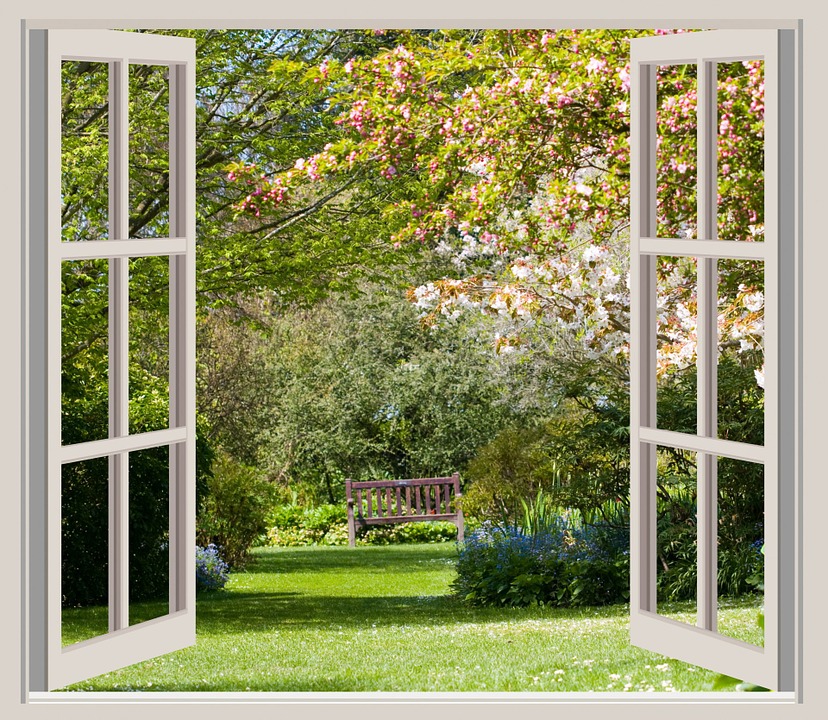
Design the first space in front of the house as a terrace
This first space will most often be a convivial terrace, where you can place your garden furniture. For this, round shapes are ideal. You can also install a rectangular table by positioning its length parallel to the house.
Separate the terrace area from the following site with a low hedge. Depending on the style of your garden, this can be a strictly trimmed bower, a flowering hedge (rosebushes…), or a grass hedge, which keeps its interest even in winter.
Create a passage in this hedge of at least 1 m wide, avoiding placing it in the center.
Create a pleasure garden in the next space
This second space will be your natural pleasure garden. You can imagine anything, depending on the style you prefer, knowing that round, square, arched, or free forms, as well as a curved path, will suit it particularly well: sinuous flowerbeds, square beds (why not beds surrounded by low Plessis fences?), rose garden, garden laid out around a pond or a basin…
In a corner, plant a tree or a shrub if you wish, choosing it neither too high nor too bushy if your garden is small (fruit tree, bird’s-eye sorb, small maple tree…).
Again, separate this space from the next with a low or medium height hedge.
Create a passageway within this hedge in the center (especially in a pavilion or trimmed hedge) or on the opposite side of the passage, separating the terrace from the second space.
Design the bottom of the garden
Treat the third space:
- as a children’s play area;
- a vegetable garden, for example, in squares
- a flower meadow;
- Or as a second pleasure garden.
You can place a garden shed in a corner and plant trees as tall and bushy as you like at the bottom of the park.
Important: trees that reach 2 m in height at maturity should be planted 2 m from the garden border.
5. Apply a few principles when choosing plants
Take into account cast shadows.
If your garden is not only narrow but also enclosed by high walls, carefully consider the shadows cast by these walls at different times of the day.
For areas that receive less than 4 hours of sunlight per day, choose mid-shade plants, which leaves you with a wide range of options, including a mixed border of perennials and shrubs.
For areas that are almost always in the shade, choose only shade plants, many of which are interesting for their foliage, and a few flowering plants such as impatiens, hydrangeas, and fuchsias.
Avoid monotony
When the width of your garden is limited, all the more reason to introduce a variety of shapes and heights to avoid monotony:
Vary the height of the plantings to create structure in the landscape.
Vary the plant habit: juxtapose, for example, upright plants (hollyhocks, agapanthus, foxgloves…) and plants pruned into balls (boxwood, mugwort, Santolina…) or plants with a creeping habit (ground cover roses, creeping ceanothus).
Introduce plants that bring a little lightness: gauras, Buenos Aires verbena, grasses that quiver in the wind (small Stipa tenuifolia, large miscanthus).
Think of also multiplying the perfumes to complete to make your garden all in length a corner of paradise.

